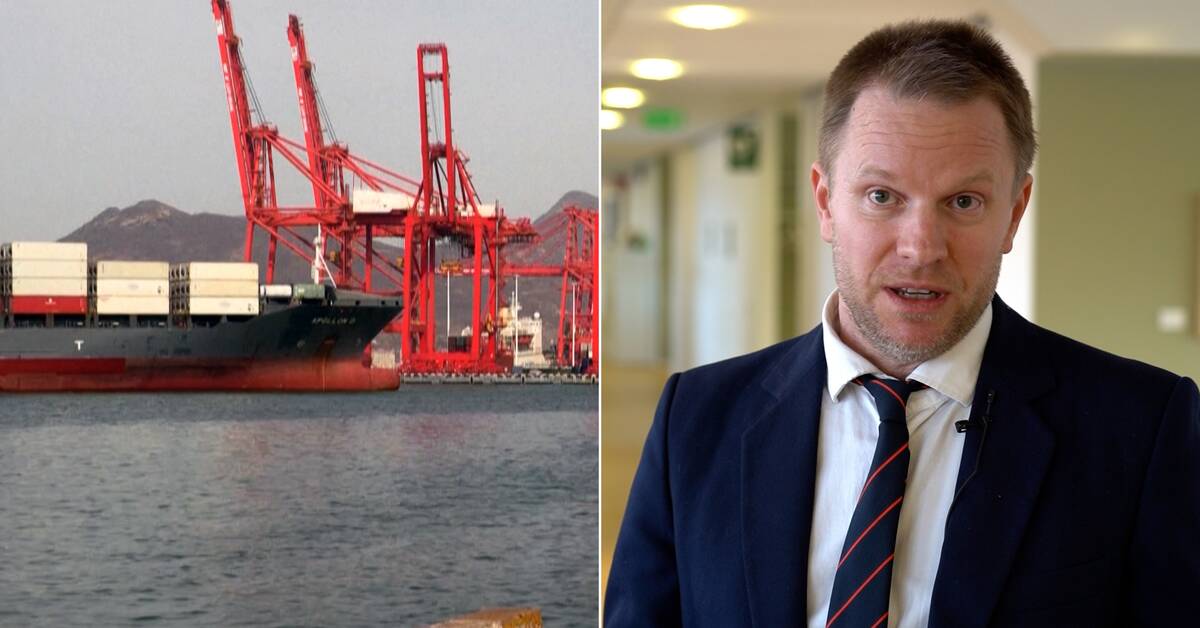Ukraine has been called Europe's granary and, in addition to grain, specializes in exporting sunflower oil.
Russia also sells a lot of grain internationally and the country is one of the largest exporters of fertilizers and natural gas.
- This forecast assumes some disruption to exports via the Black Sea as a result of the war.
But should there be a total stop for exports for a longer period of time, I think you can expect even greater price increases, says Erik Glans.
But according to Glans, it may be some time before the war's impact on food production can be seen on store shelves' price tags.
The increases we are noticing now are due to a previously reduced supply of raw materials such as oil and gas, more expensive transport and electricity prices.
Hear Erik Glans explain why the food has become more expensive in the video above.
Will hurt for low income earners
If the forecast of 5-7 per cent proves to be correct, this will be the highest price increase rate since 2008. At that time, food prices increased by almost seven per cent compared with the previous year.
- It is clear that it hurts in people's wallets.
At low incomes, food expenditure accounts for a larger share of total household expenditure, so it hits extra hard on households with a strained economy.
How safe is the forecast?
- Not so sure, this is moving matter.
It is difficult to know how large a share of price increases in the world market affects consumers and how long it takes, says Erik Glans.
- It also depends on the exchange rates, how the krona moves against, above all, the euro and the dollar.

